Understanding How Contamination Occurs During Food Processing
Food processing facilities are facilities that process raw agricultural materials into food products. These facilities are equipped with the latest technology and equipment to ensure that food products are produced safely and efficiently. The process includes cleaning, grading, packaging, preservation, and storage of food products. The facilities must comply with strict food safety regulations to ensure that the food products are free from contaminants and safe for consumption.
The zone system in food manufacturing facilities refers to a design and operational approach that separates different areas of the facility based on their potential level of contamination. This system helps to prevent cross-contamination between different areas and to ensure that food products are produced in a safe and hygienic environment.
Typically, the zones in a food processing facility are divided into three categories: the high-risk zone, the medium-risk zone, and the low-risk zone. The high-risk zone is where raw materials and finished products are handled, and it is subject to the most stringent sanitation and hygiene requirements. The medium-risk zone is where intermediate processing takes place, and it is subject to less stringent requirements than the high-risk zone. The low-risk zone is where support activities take place, and it is subject to the least stringent requirements.
The zone system helps to ensure that food products are produced in a safe and controlled environment and that the risk of contamination is minimized. This helps to maintain the quality and safety of food products and to protect consumers from the potential risks associated with contaminated food.
There are various possible contamination risks in food processing units. Some of the most common include:
Microbial contamination: Microbial contamination is possible when bacteria, viruses, or other pathogens are introduced into the food product. This can happen through contact with contaminated surfaces, water, or raw materials.
Chemical contamination: It can occur when toxic chemicals or substances such as cleaning agents, pesticides, or heavy metals are introduced into the food product.
Packaging contamination: This kind of contamination occurs when food products come into contact with contaminated packaging materials, such as printing inks, adhesives, or bacteria that are present in the environment.
Personnel contamination: In most cases, the food handlers may carry pathogens on their skin, hair, or clothing, and introduce them into the food product during processing.
It is important for food processing units to have robust food safety systems in place to prevent and control microbial contamination and to ensure that food products are safe for consumption.
When microbial contamination occurs, rapid identification and intervention are crucial to minimizing the potential damage to human health and preventing the contamination from spreading. This may involve recalling contaminated food products, conducting thorough investigations to identify the source of the contamination, and implementing corrective actions to prevent future incidents.
To prevent and control microbial contamination, food processing units must implement strict sanitation and hygiene practices, Additionally, the use of antimicrobial treatments, such as pasteurization, irradiation, or chemical treatments, and installing the right air filtration solutions can help to reduce the presence of pathogens in food products.
Additionally, the Occupational Safety and Health Administration (OSHA) has set out several guidelines for employers to follow when developing and implementing an air quality control plan. Employers are required to develop an air quality control plan that includes a designated worksite supervisor, adequate ventilation, and personal protective equipment. The Food and Drug Administration [FDA] regulates the proper design, construction, operation, and maintenance of all food processing facilities to ensure that they meet these regulations.
Keeping the air clean in the processing areas is one of the best ways that can be put into practice.
Air quality has a direct impact on the health of workers in food processing plants and the quality of the food they produce. Poor air quality can cause respiratory illnesses, allergies, and even cancer. It can also lead to the contamination of food products due to air pollution from food production processes. As such, employers need to ensure that their employees are working in an environment with clean air in order to keep them safe and healthy while producing high-quality products.
All these possible risks can be addressed by using the right filtration solutions from a reputed brand [someone like us – American Air Filter (AAF)]
In food processing industries, air filtration requirements are established by agencies such as the US Food and Drug Administration (FDA), and Food Safety and Standards Authority of India (FSSAI), these requirements include:
Type of filters: High-efficiency particulate air (HEPA) filters, ULPA filters, pre filters, fine filters, bag filters, and gas phase filters are required to remove particulates, bacteria, and other contaminants from the air.
Filter maintenance: Regular cleaning and replacement of filters to maintain their efficiency and prevent contamination of food products.
Air flow rate: A sufficient air flow rate will also guarantee adequate filtering and contamination removal.
Air ducts: Proper design and maintenance of air ducts is the other best way to prevent contamination of food products.
Positive pressure: Maintaining a positive pressure within the facility to prevent ingress of contaminants from outside.
Monitoring: Regular monitoring of air quality to ensure compliance with requirements and to identify and address any issues.
Record-keeping: Keeping records of filter maintenance, air quality monitoring, and other relevant activities to demonstrate compliance with regulations.
We at American Air Filter (AAF) is as a leading air filtration solution provider offering all the above solutions and services to food processing units and other prominent end user industries.
To explore the world of air filtration solutions from AAF please drop us a line:
https://aaf-me.info/contact/

